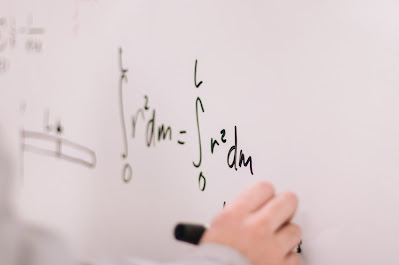LIFE ON EARTH
After the end of the heavy bombing period in the late solar system, the Earth entered the Archean Era and life was born. The details of the origin of life are still unknown, but there are still major principles established. If you condense the long history of the earth to one hour, then animals do not appear until the last 15 minutes. The terrestrial animals only appeared in the last 6 minutes. The reptile era only lasted for more than 2 minutes at the end of the hour. Biogenesis says that life, or at least organic compounds, may come from outer space; however, it is generally believed that life originated on Earth.Most scientists believe that life is conceived naturally on earth, but the time of life is extremely uncertain; it may be about 4 billion years ago (this entry assumes 3 o'clock in the clock).
In the early energy chemistry of the earth, there was a molecule (probably something else) that acquired the ability to replicate itself: the replicon. The nature of this molecule is not clear. It was the main replicon of life before it was replaced by the replicon DNA of life now. This replicon is not always copied correctly in the process of self-replication: some copies contain "errors". If this transformation eliminates the ability of molecules to replicate, there will be no more copies, and this lifeline will be extinct. But on the other hand, a few changes make the replication of molecules faster or better; these "strains" are more numerous and more "successful." When the raw materials (whose role is similar to food) are exhausted, these strains will use other substances and may inhibit the growth of other strains, increasing their number. A few different models have proposed methods for possible development of replicons.
Suppose there are different replicons, including organic compounds such as proteins in modern nucleic acids, phospholipids, crystals, etc., and even quantum systems.There is no way to know which model is more in line with the origin of life on Earth. One of the many older theories, and one that has been studied in detail, will serve as examples to explain the possibility of its occurrence. The high energy released by volcanoes, lightning and ultraviolet radiation will make simple compounds such as methane and ammonia combine into more complex molecules through chemical reactions , and many organic compounds form the basis of life. As the number of such "organic soups" increases, different molecules react with each other. Sometimes more complex molecules may appear; the body may provide a framework to collect and concentrate organic matter.
The presence of some molecules will accelerate the chemical reaction. All these reactions lasted for a long time; sometimes more and less, until a new molecular chance happened by coincidence: a replicator. It has strange traits that can accelerate self-replicating chemical reactions and carry out biological evolution. Other theories assume a different replicon. In any case, DNA replaces the function of the replicon at every point; all known life (except some viruses and Pryon protein) uses DNA as the genetic material, and almost all use the same method as the coding of the message.
Cell
The replicon of modern life is neatly packed in the cell membrane. Understanding the origin of the cell membrane is easier than understanding the origin of the replicon, because the phospholipid molecules that make up the cell membrane often spontaneously form a double membrane when placed in water. Under certain circumstances, many such spheres are formed as a result (see "Bubble Theory").It is not yet known whether this process predates or continues the origin of the replicon (or it may have been a replicon in the past).
The mainstream opinion now is that the replicon, which may be RNA at this point (please refer to the RNA world theory), has evolved with its self-replicating instruments and other possible biomolecules. Initially, primitive cells may burst when they grow too large; scattered material may re-colonize in other "bubble". Proteins that stabilize cell membranes, or proteins that later help them become organized; accelerate the proliferation of these cell lines.
RNA is one of the more likely early replicons, which can simultaneously store genetic information and speed up the response. At the same point, DNA replaces the role of RNA in storing genetic information, while proteins exist as enzymes that accelerate the reaction, and RNA is only responsible for transmitting information and regulating its process. More and more people believe that the evolution of these early cells was related to the eruption of a submarine volcano called "black chimney”, or deep and hot rocks.
However, it is now generally believed that only one cell among many cells or a primitive cell survives. Existing evidence indicates that the last common common ancestor (LUCA) survived in the early Archaic, assuming the clock at 5:30 am (approximately 3.5 billion years ago) or earlier. It may be a prokaryote with a cell membrane or ribosomes, but it lacks a nucleus or eukaryotic cells and has membranous organelles such as mitochondria or chloroplasts. Like all modern cells, DNA is also used to store genetic genes, RNA is used for information transmission and protein synthesis, and enzymes are used to accelerate reactions.
Photosynthesis and Oxygen
The Archean Era ended in a major oxidation event 2.5 billion years ago. The original cells believed that they were all foreign organisms, using surrounding organic molecules (including organic molecules obtained from other cells) as raw materials and energy sources. However, the food supply is gradually decreasing, and some cells have evolved new survival strategies. Rather than relying on diminishing free-living organic molecules, these cells chose sunlight as a source of energy.














Comments
Post a Comment